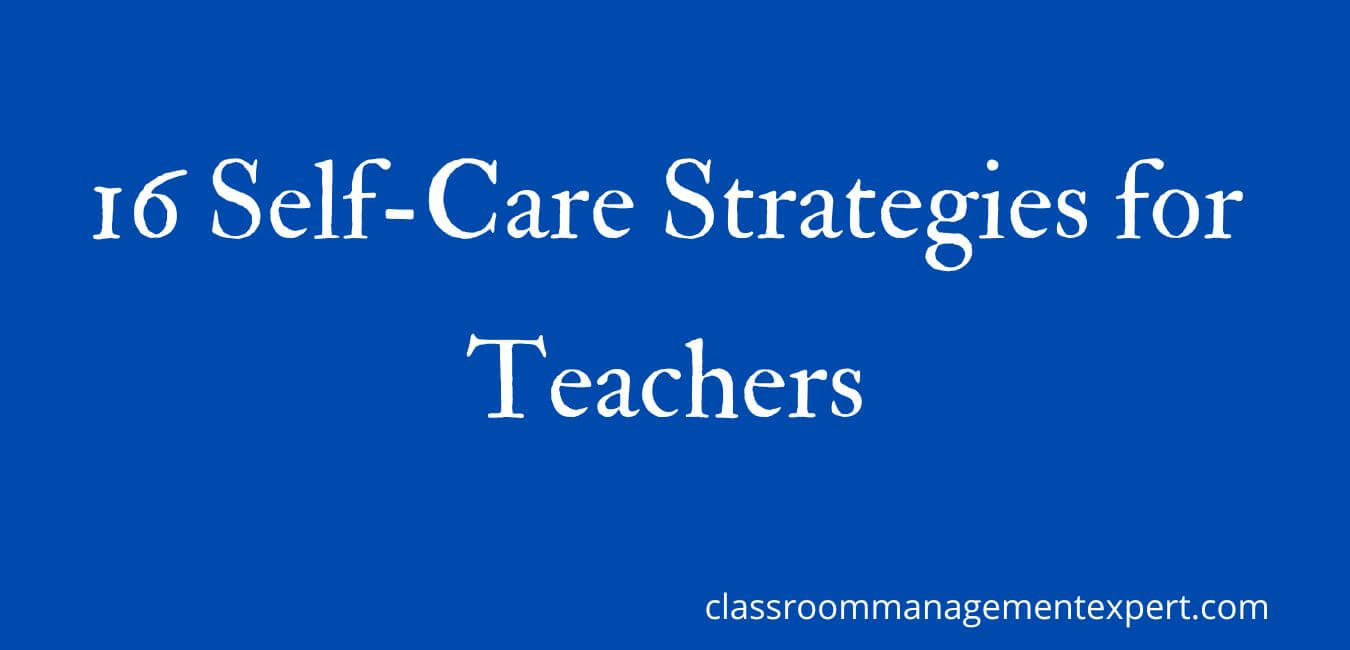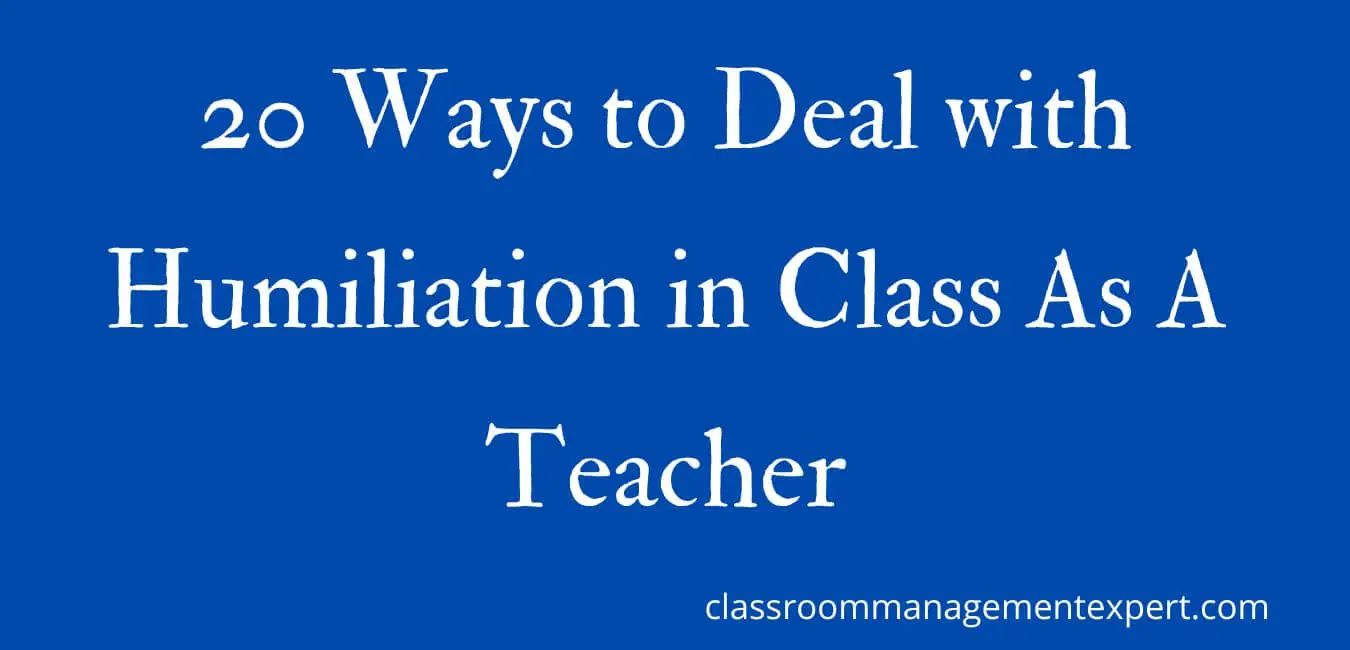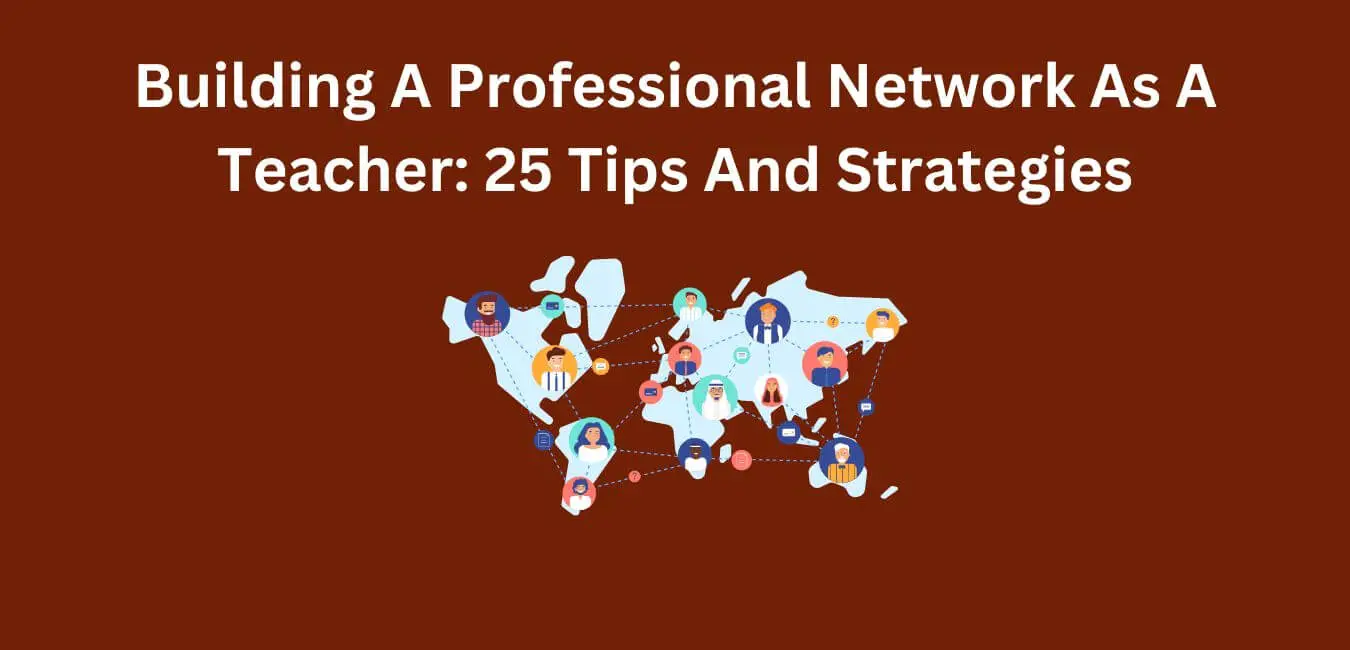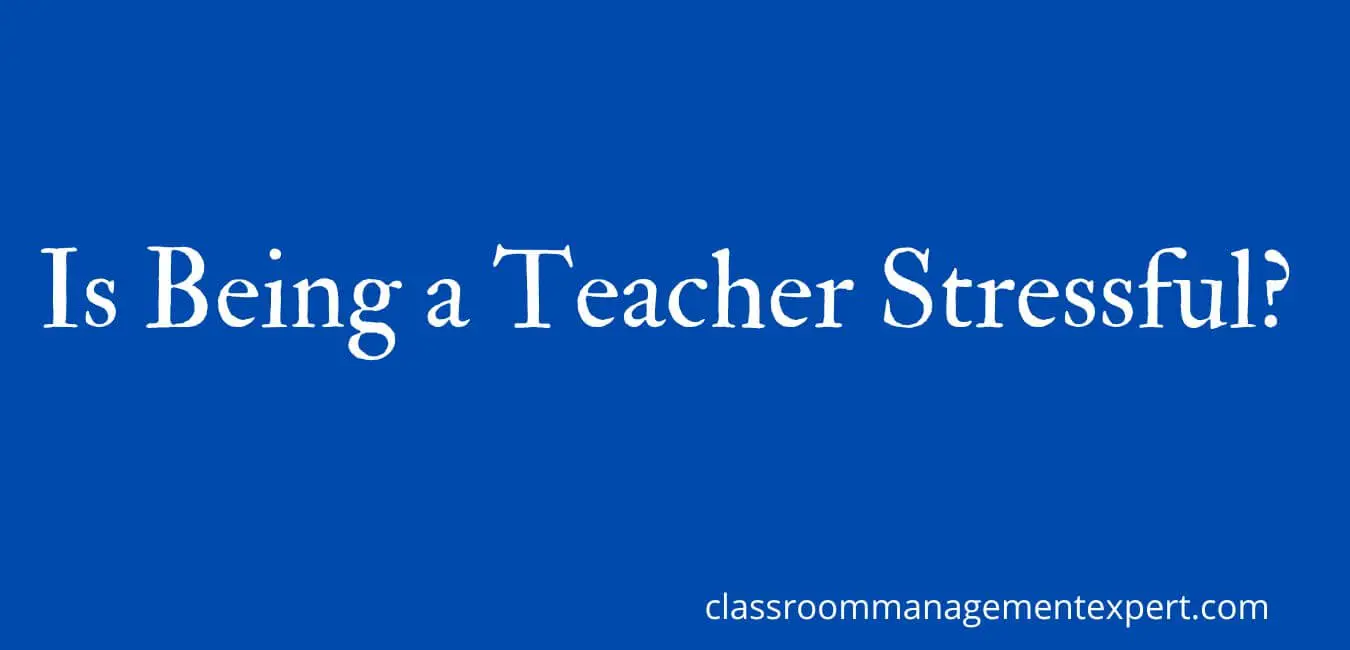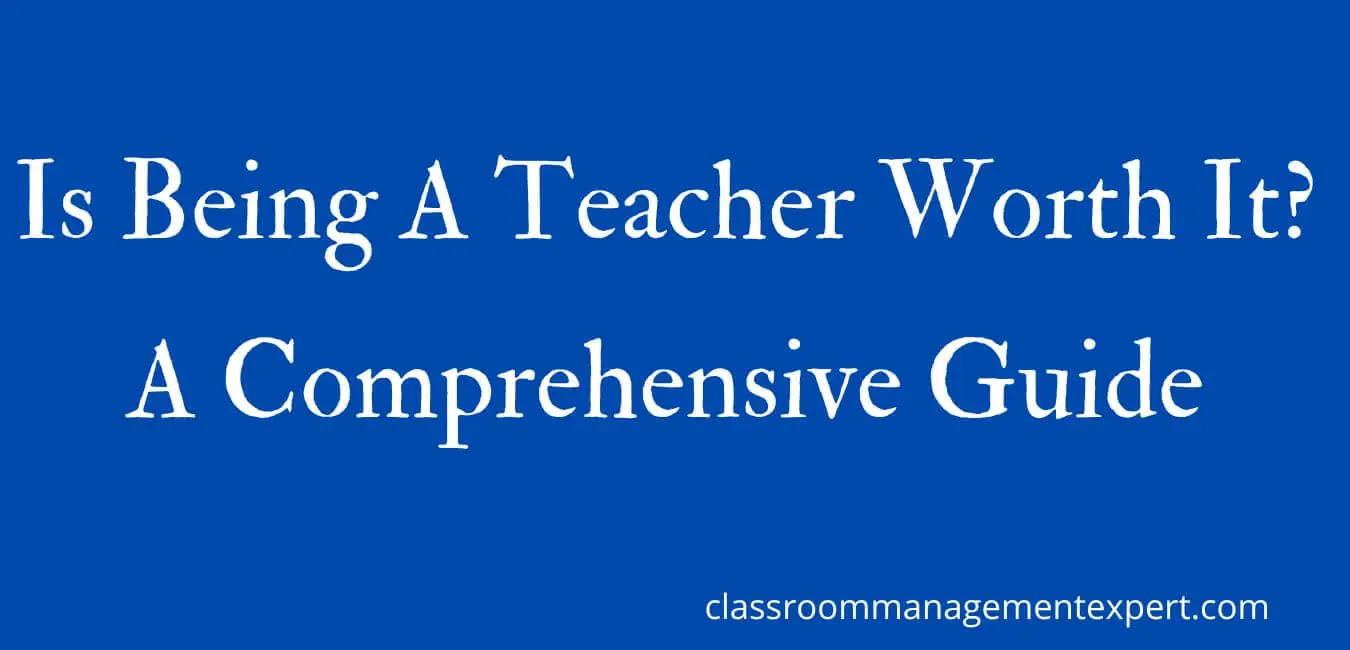Teachers play a crucial role in the lives of students, providing guidance, protection, and support. However, there may be instances when a student becomes aggressive or violent, posing a threat to the safety of both themselves and others. While this is a distressing situation, educators need to be prepared and equipped with the knowledge to handle such incidents effectively.
In this guide, we will discuss the steps you should take if confronted with a student attack. By understanding and implementing these strategies, we can ensure the well-being and security of everyone involved. Remember, as teachers, our primary goal is to create a safe and nurturing environment for our students.
15 things to do if a student attacks you
If you ever find yourself in a situation where a student is attacking you, it’s crucial to remain calm and take the following actions:
Call for help from other teachers or staff members if necessary.
Seeking help from other teachers or staff members is crucial in situations where a student is attacking you. When faced with such an incident, it’s important to ensure the safety of everyone involved. Here are some steps you can take when reaching out for assistance:
- Immediately contact nearby teachers or staff members and inform them of the situation.
- Clearly communicate the urgency of the situation and the need for immediate help.
- If possible, ask someone to call the school security or administration to report the incident.
- While waiting for help to arrive, focus on protecting yourself and others by creating distance and finding a safe area.
Remember to document any evidence related to the incident and report it to the appropriate authorities. It’s also important to seek support and counseling to help cope with the emotional aftermath of such an event.
Together, we can ensure a safe and supportive environment for everyone involved.
Immediately report the incident to a school administrator and your teachers’ union representative.
I will promptly report the incident to a school administrator and my teachers’ union representative. Reporting the incident is crucial in ensuring that appropriate actions are taken to address the situation and maintain a safe learning environment.
By reporting the incident, I can exercise my legal rights and ensure that it’s properly documented. It also allows for the implementation of necessary safety measures to prevent similar incidents in the future.
Additionally, reaching out to my teachers’ union representative can provide me with emotional support and guidance throughout the process. It’s important to note that reporting the incident doesn’t mean conflict resolution can’t be pursued; rather, it sets the foundation for addressing the issue and promoting a supportive environment for everyone involved.
Never scold, berate, or lecture the student. Remain calm and try to defuse the situation.
When faced with a physical attack from a student, it’s crucial to remain calm and avoid scolding, berating, or lecturing them. Your composure is key in defusing the situation and ensuring the safety of both yourself and the student.
Here are some practical steps you can take:
- Stay composed and in control, speaking in a calm and reassuring tone.
- Use non-threatening body language, such as keeping a safe distance and maintaining an open stance.
- Try redirecting the student’s focus by offering alternatives or suggesting a break.
- If necessary, seek help from nearby colleagues or administration to intervene and de-escalate the situation.
Remember to accurately document incidents, noting the date, time, and details. Seeking support from your school administration, counseling services, or professional organizations can provide you with the necessary resources and guidance to handle these challenging situations effectively.
If possible, ask other students to leave the room and go for help.
During an attack by a student, if possible, calmly ask other students to leave the room and seek help. The safety of everyone involved is of utmost importance in such situations. By ensuring that other students are out of harm’s way, you can help them seek assistance.
Once the room is clear, it’s essential to promptly seek medical attention if there are any injuries. Additionally, it’s important to accurately document the incident, including relevant details and evidence. Cooperate fully with any investigations that may follow, providing all necessary information for a thorough inquiry.
Get medical attention if you have been injured.
After being attacked by a student, promptly seeking medical attention is crucial if you have sustained any injuries. Your physical recovery is of utmost importance, and getting the necessary medical care is essential for your well-being. Here are a few steps to consider:
- Seek immediate medical attention: Contact emergency services or visit the nearest hospital to address your injuries.
- Document your injuries: Take photographs of any visible injuries as evidence, which may be helpful if you decide to seek compensation.
- Understand your legal rights: Consult with a legal professional who can guide you through the process of seeking compensation for your injuries.
- Report the incident: Inform the proper authorities, such as school administration or law enforcement, about the attack. This will initiate the reporting process and ensure that appropriate actions are taken.
Document every aspect of the incident, including the student’s name, age, and any statements they made.
To properly document the incident, I promptly recorded the student’s name, age, and any statements they made. This step is crucial in addressing student attacks and ensuring the safety of both students and teachers. By documenting these details, we create a record that can be used for future reference or any necessary disciplinary actions.
It’s important to stay calm and composed while doing this, prioritizing the well-being of all parties involved.
Addressing student aggression is a complex process that involves implementing safety measures and providing support to teachers. By documenting every aspect of the incident, we gain a better understanding of the situation and can take appropriate actions to prevent similar incidents in the future.
Give a copy of your report to the school administration, your union representative, and a trusted colleague.
When dealing with a student attack, it’s important to inform the relevant parties about the incident. Make sure to provide a copy of your report to the school administration, your union representative, and a trusted colleague. This step is crucial in the reporting process as it ensures that all relevant parties are informed and can take appropriate action. By sharing the report, you aren’t only documenting the incident but also seeking support from your support network.
There are several reasons why this is important. First, providing a copy of your report ensures that the incident is officially documented and can be properly addressed. This is crucial in ensuring that the necessary steps are taken to address the situation.
Second, informing the school administration, union representative, and trusted colleague ensures that you have a support system in place to assist you during this difficult time. They can provide guidance, advice, and support as you navigate the aftermath of the student attack.
Third, having multiple copies of your report can also protect you legally. It serves as evidence of the incident and your response, which can be crucial in any legal proceedings that may arise.
Moreover, sharing your report with trusted individuals can also help alleviate the emotional burden that comes with experiencing a student attack. They can provide emotional support and help you cope with the aftermath of the incident.
Lastly, by informing the relevant parties, appropriate safety measures can be put in place to prevent future incidents. This ensures the safety and well-being of everyone involved.
Cooperate with any investigations by school officials or law enforcement.
When cooperating with investigations by school officials or law enforcement, it’s important to involve a union representative. Their guidance and support can be crucial throughout the process.
It’s also essential to communicate with parents, keeping them informed about the incident and the actions being taken. Seeking counseling can provide valuable emotional support in dealing with the impact of the incident.
Reviewing school policies is another important step to identify areas that may need improvement to prevent future incidents. Consider taking self-defense training to learn strategies for protecting oneself against potential attacks.
File a first report of injury and write a referral for the student.
Filing a first report of injury and writing a referral for the student is important when faced with a student attack. Taking immediate action is crucial to ensure the safety of all parties involved and to document the incident for future reference. Here are the steps to follow:
- Filing injury report: Report the incident to the appropriate school authorities or administrators promptly. Provide detailed information about the attack and any injuries sustained.
- Referral process: Write a referral for the student, outlining their aggressive behavior and the consequences they may face. This will help ensure that appropriate disciplinary action is taken.
- Seeking medical attention: If you have been injured, seek medical attention right away. Document any injuries and keep records of medical treatment received.
- Documenting incident details: Write down all the details of the attack, including the date, time, location, and any witnesses present. This will help provide accurate information during any investigations.
- Communicating with parents: Inform the parents or guardians of the student about the incident, the actions taken, and any consequences the student may face. Open lines of communication can help address concerns and prevent future incidents.
Follow your union’s procedure for reporting incidents and filling out forms.
Following your union’s procedure for reporting incidents and filling out forms is crucial when dealing with a student attack. It ensures that the incident is properly documented and protects your rights as an educator.
To report the incident, follow the specific steps outlined by your union. Start by reporting it to your immediate supervisor or designated authority within your school. They’ll guide you through the process of filing a formal report and provide you with the necessary forms.
Provide accurate and detailed information about the incident, including the date, time, location, and any witnesses present. This documentation will be crucial for any investigations or legal actions that may follow.
Remember, the union procedure is designed to support and advocate for you, so don’t hesitate to seek assistance and guidance. You aren’t alone in facing these challenges.
Stay strong.
Seek counseling or support if you need it. Talking to a colleague or a mental health professional can be helpful.
After experiencing a student attack, it can be incredibly beneficial to seek support from a colleague or mental health professional. Remember, you aren’t alone in dealing with the aftermath of such a traumatic event.
Here are some important steps to take:
- Coping strategies for dealing with student attacks: Learn techniques to manage stress and anxiety, such as deep breathing exercises or mindfulness practices.
- Recognizing the signs of trauma and seeking help: Be aware of symptoms like flashbacks, nightmares, or difficulty sleeping, and reach out to a professional for support.
- Understanding the impact of student attacks on teachers’ mental health: Educate yourself on the potential long-term effects of such incidents, and take steps to address any emotional or psychological distress.
- Creating a supportive network of colleagues and mentors: Connect with others who’ve experienced similar situations. They can provide understanding, advice, and a sense of community.
It is also crucial to prioritize self-care. Engage in activities that bring you joy, such as exercise, meditation, or hobbies. Taking care of yourself is essential for maintaining a healthy mental state while working in a high-stress environment.
Communicate with parents and students about what happened. Be honest and straightforward, but avoid gossip or speculation.
When communicating with parents and students about what happened, it’s important to be honest, and straightforward, and avoid gossip or speculation. This approach ensures transparency and maintains trust between all parties involved.
Parents have a right to know what occurred and how it’s being addressed, so it’s crucial to involve them in the conversation. Start by providing a clear and concise account of the incident, focusing on the facts, and avoiding unnecessary details.
Show empathy towards their concerns and reassure them about the steps being taken to ensure their child’s safety. Avoid speculating or making assumptions about the incident to prevent misunderstandings.
Review your school’s policies on violence prevention and emergency procedures.
When a student attacks me, it’s essential to review my school’s policies on violence prevention and emergency procedures. By familiarizing myself with these policies, I can ensure the safety of everyone involved.
Let’s take a look at some key points to consider when reviewing these policies:
- First, make sure you understand the emergency procedures outlined in the policies. Knowing the steps to take in case of an attack and how to protect yourself and others is crucial.
- It’s also important to understand the prevention strategies implemented by the school. These could include programs that promote a positive and respectful learning environment, as well as identifying and addressing potential warning signs of violence.
- Take note of the staff training provided by the school. It’s vital to have the necessary skills to handle challenging situations and protect yourself and students.
- Additionally, review the communication protocols outlined in the policies. Understanding how information will be shared with parents, students, and other staff members in the event of an attack is crucial.
Take steps to protect yourself from future incidents. This might include getting extra training in self-defense or de-escalation techniques.
To better prepare myself for future incidents and ensure my personal safety, I can consider obtaining additional training in self-defense or de-escalation techniques.
Extra training in self-defense equips me with the necessary skills to protect myself in case of an attack. Learning techniques such as blocking, striking, and grappling enables me to effectively defend myself against an aggressive individual.
Additionally, acquiring de-escalation techniques proves valuable in diffusing potentially violent situations before they escalate further. By learning how to communicate effectively and defuse tense situations, I can minimize the risk of physical harm.
Protecting oneself is essential when facing potential threats, and investing in additional training provides the confidence and skills needed to handle future incidents safely and effectively.
Remember that an attack by a student does not define you as a teacher. Seek support from colleagues, friends, and family as you recover.
Seeking support from colleagues, friends, and family is crucial for a teacher who’s been attacked by a student. It’s important to remember that an attack by a student doesn’t define you as a teacher. Here are some steps you can take to recover and heal emotionally.
Firstly, reach out to colleagues and share your experience with trusted coworkers who can provide empathy and understanding.
Lean on friends and family as well, surrounding yourself with loved ones who can offer emotional support during this challenging time.
Additionally, consider seeking professional help by talking to a therapist or counselor who specializes in trauma. They can help you process your emotions and develop coping strategies to navigate through this difficult period.
Building resilience is equally important. Engage in activities that promote self-care and foster resilience, such as practicing mindfulness or pursuing hobbies that bring you joy.
Conclusion
If a student attacks you, it’s important to be prepared and remain calm. Your safety should be your top priority, so call for help and try to remove yourself from the situation if possible.
When dealing with the student, it can be helpful to communicate with empathy and compassion, as this approach may help de-escalate the situation.
After the incident, seek professional support to ensure your emotional well-being. Remember that there are resources available to assist you, and you aren’t alone in facing these challenges.
Stay strong and resilient as you navigate through this difficult experience.


